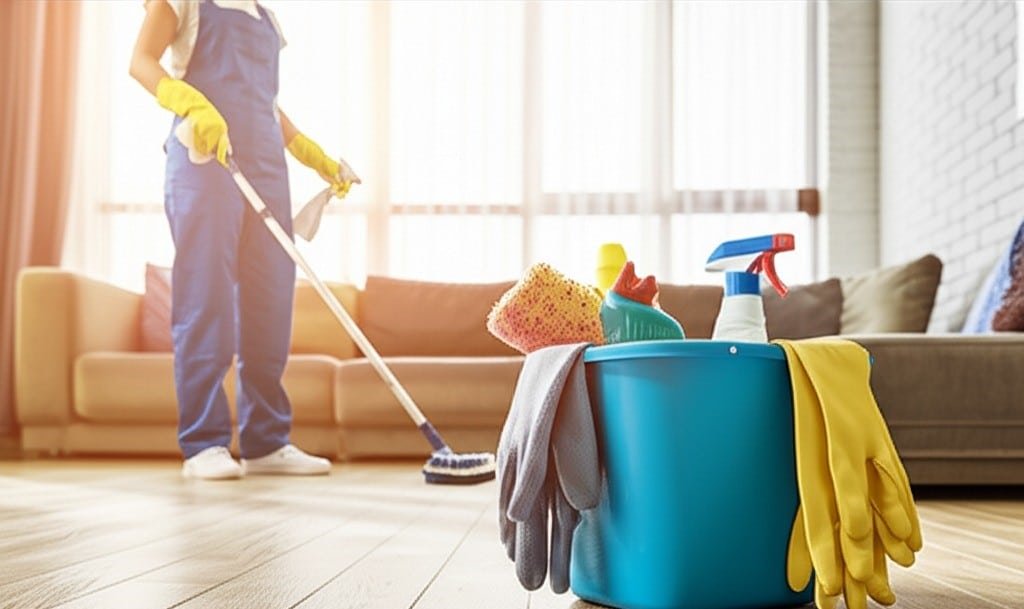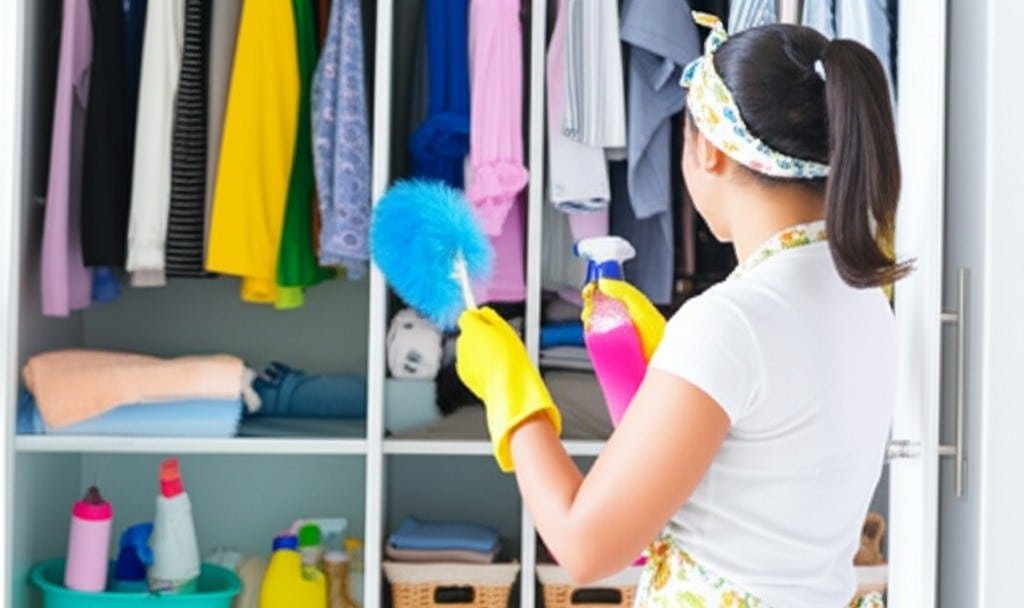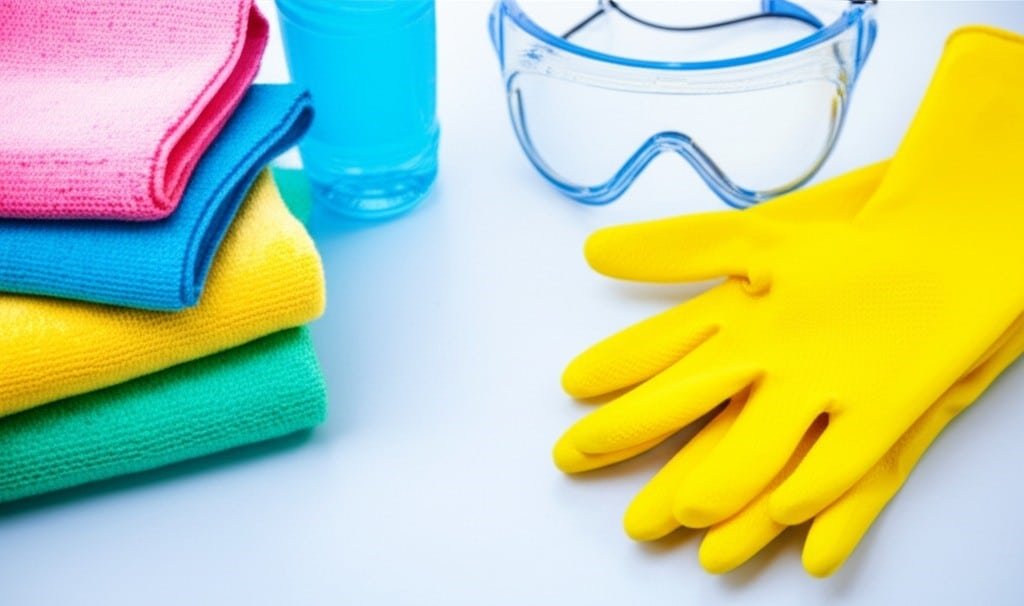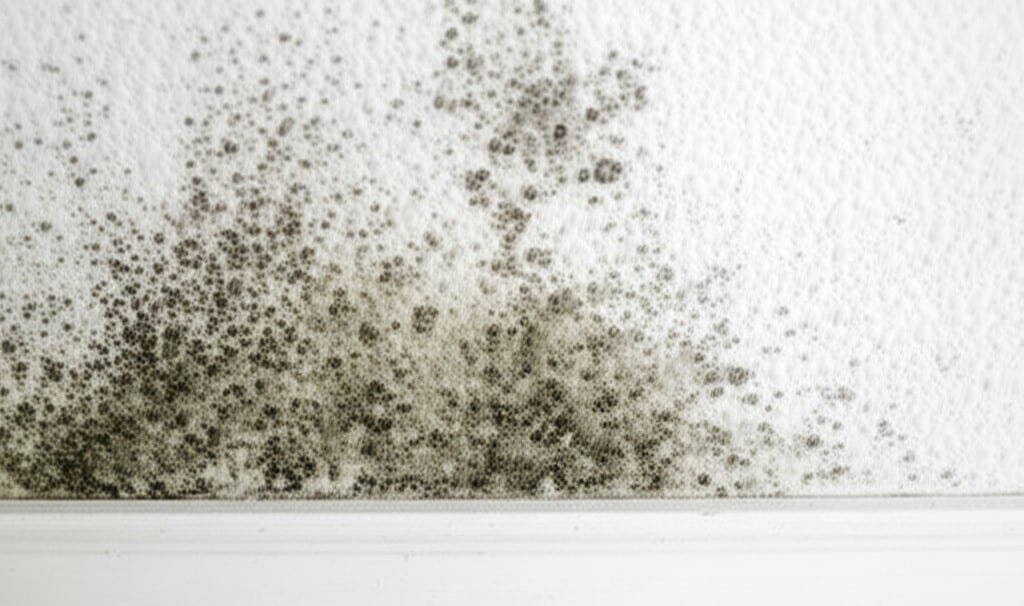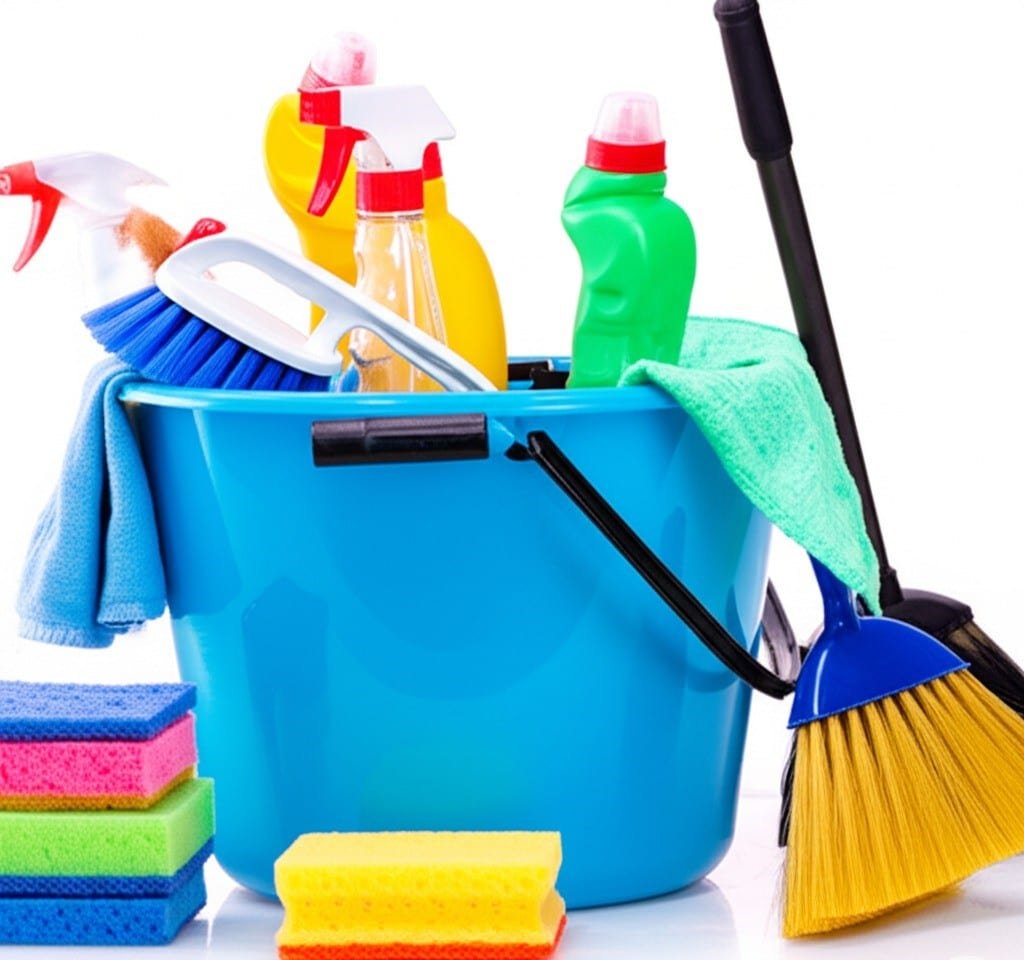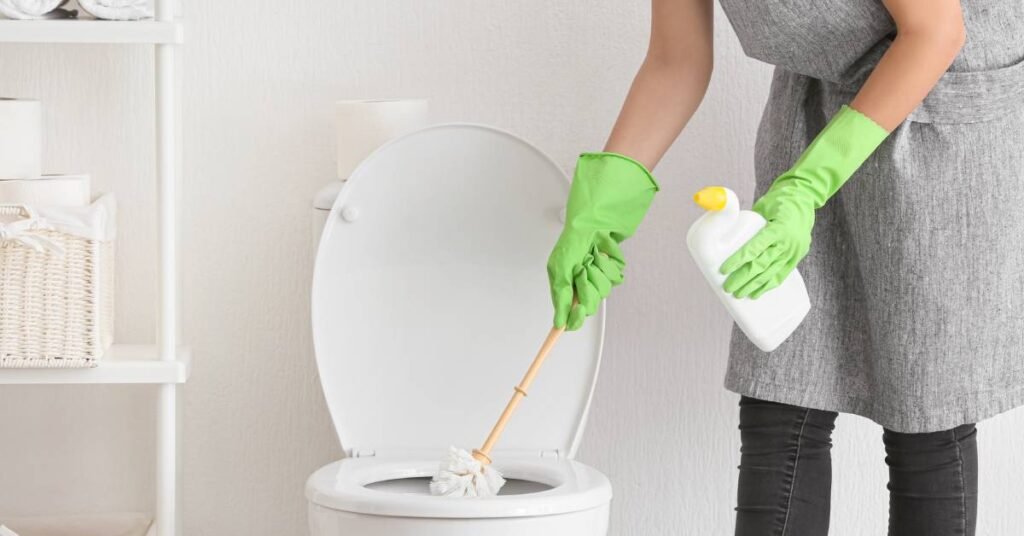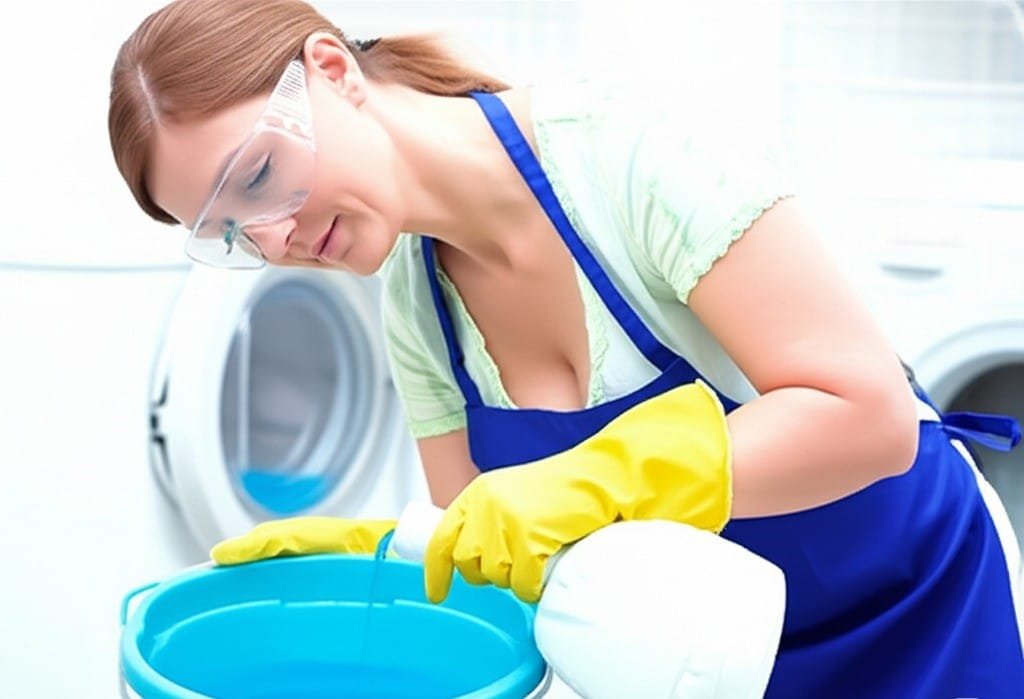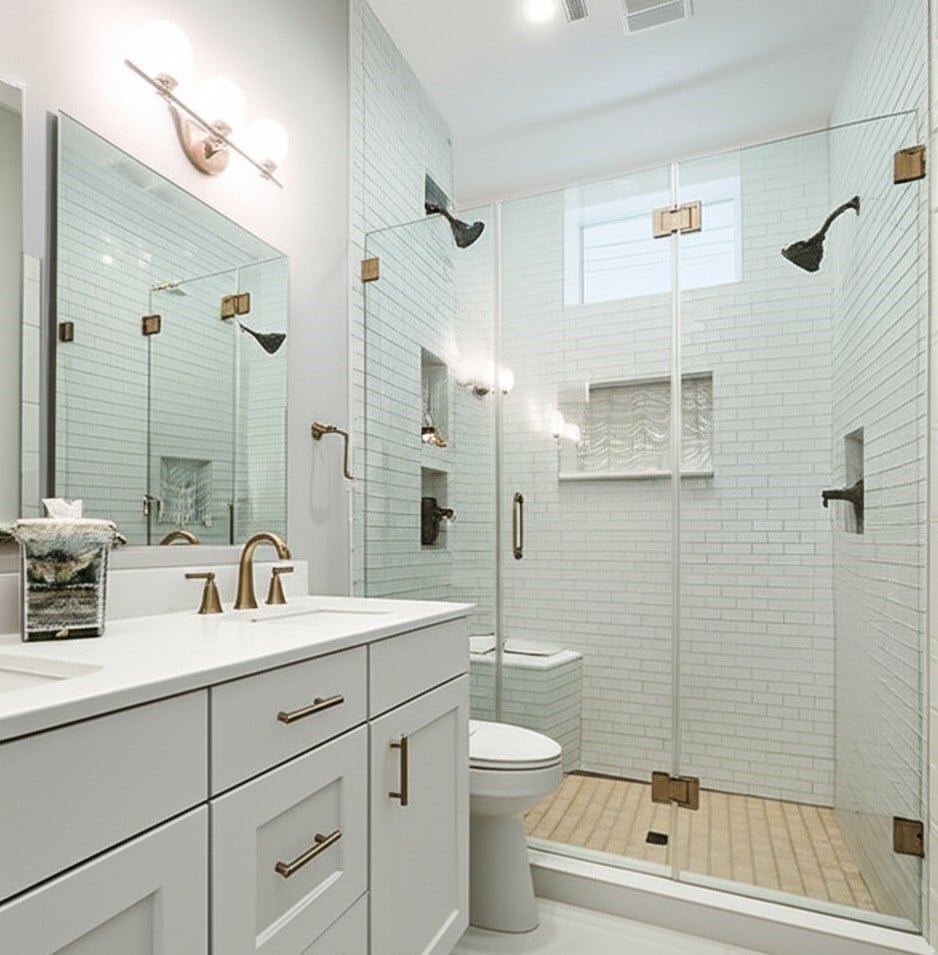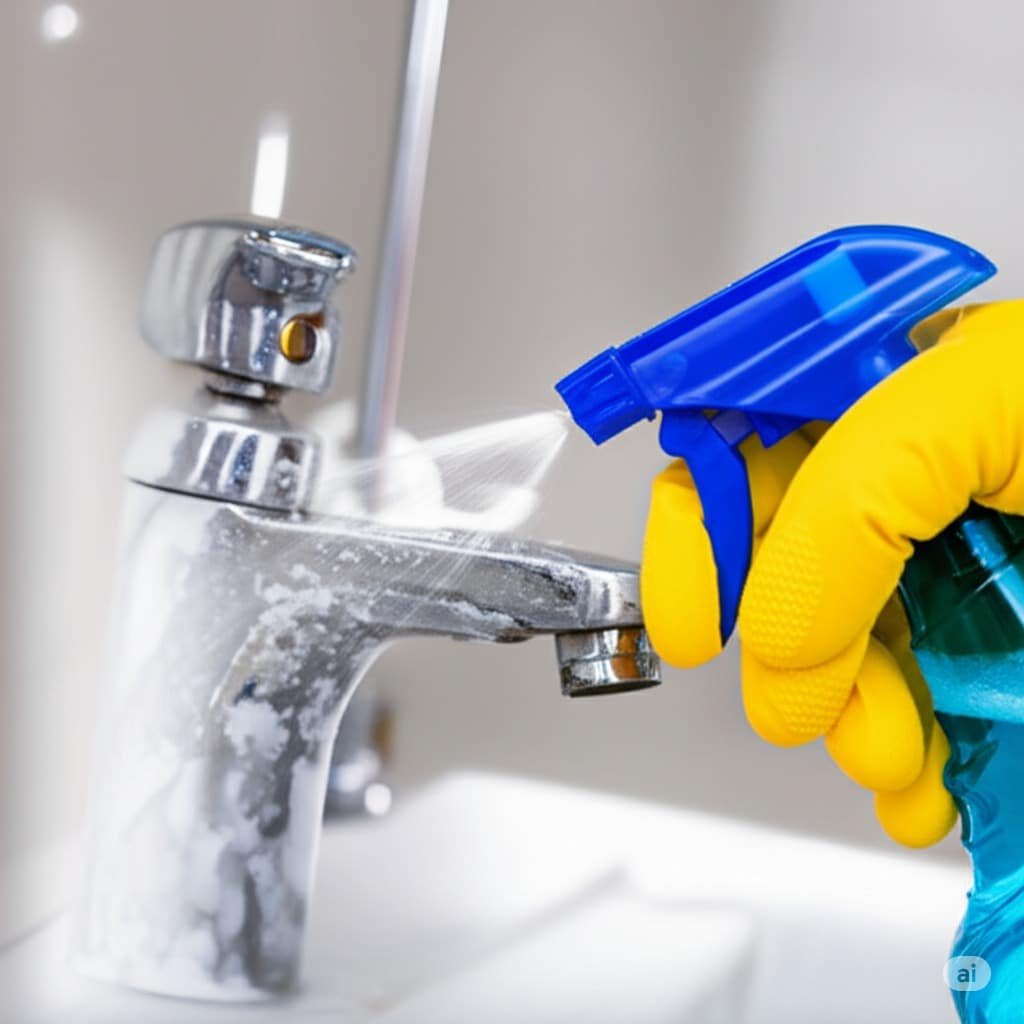4 Reasons Why You Should Hire a Cleaning Service
The decision to hire a professional cleaning service is often viewed through a simple lens of cost versus convenience. Yet, the true value extends far beyond that straightforward calculation. It’s an investment in your time, your health, your peace of mind, and the longevity of your home itself. It is about reclaiming a fundamental part of your life that is quietly consumed by the endless cycle of upkeep. 1.Your Time is Precious A home is more than just a structure; it’s a sanctuary, a place of rest and reprieve from the demands of the outside world. However, the responsibility of maintaining that sanctuary can become a significant source of stress and a relentless chore. The hours spent each week scrubbing, dusting, vacuuming, and mopping are hours that are permanently lost. This is time that could be dedicated to family, personal passions, professional development, or simply the vital act of resting and recharging. When you delegate the task of cleaning, you aren’t just paying for clean floors; you are purchasing time, the single most finite and precious commodity we possess. Think of the weekend not as two days to catch up on household labor, but as two full days to live. Beyond the reclamation of time, there is the undeniable element of quality. A professional cleaner brings a level of expertise and efficiency that is difficult for the average homeowner to replicate. They operate with a systematic approach, honed over hundreds of hours in countless homes. They understand the science of cleaning which products work on which surfaces, the most effective way to remove stubborn soap scum without damaging tile, and the precise technique for leaving windows streak-free. They see the details that are often overlooked in a hurried weekly wipe-down: the dust accumulating on baseboards, the grime building up on cabinet doors, the fingerprints on light switch plates, and the forgotten corners behind furniture. 2.Trust the Cleaning Professional This professional standard is supported by professional-grade tools and supplies. While a homeowner might have a domestic vacuum and a handful of all-purpose sprays, a cleaning service arrives with a specialized arsenal. They utilize high-filtration vacuums that capture fine dust particles and allergens rather than redistributing them into the air. They use a system of color-coded microfiber cloths to prevent cross-contamination between the bathroom and the kitchen. Their cleaning solutions are often more effective and formulated for specific tasks, allowing them to work more efficiently and produce a superior result. This eliminates the need for you to research, purchase, and store a dozen different bottles of chemicals, many of which may be used infrequently or prove ineffective. This leads directly to one of the most compelling reasons to hire a service: the impact on your health. A home that looks clean and a home that is hygienically clean are two different things. Dust is not just an unsightly layer on your furniture; it’s a complex matrix of skin cells, fabric fibers, pollen, pet dander, and microscopic dust mites, all of which are common triggers for allergies and asthma. A thorough, professional dusting and vacuuming routine significantly reduces the level of these airborne irritants, contributing to better indoor air quality and easier breathing. The kitchen and bathroom are particular areas of concern. These spaces can be breeding grounds for bacteria, mold, and mildew. A professional service doesn’t just wipe down counters; they sanitize them. They have the knowledge and products to effectively disinfect toilets, sinks, and showers, tackling the invisible germs that can contribute to illness. They can identify and address areas of potential mold growth before they become a more significant problem. A consistently clean home is a healthier environment, reducing the occupants’ exposure to allergens and pathogens on a daily basis. 3.Take Care of Your Mental Health The mental health benefits are just as profound. Living in a cluttered or dirty environment has been shown to increase levels of the stress hormone cortisol. The persistent, low-grade anxiety of knowing there are chores waiting to be done can weigh heavily on the mind. Walking into a home that is consistently clean and orderly provides an immediate sense of calm and control. It removes a major source of friction and mental clutter, allowing your home to function as a true space for relaxation. The burden of the task is lifted, not just for the few hours of the cleaning itself, but permanently. You no longer have to spend your evenings thinking about when you’ll find the time to scrub the floors or clean the bathrooms. That mental energy is freed up for more important or enjoyable pursuits. For many households, cleaning is also a source of domestic conflict. Disagreements over whose turn it is to do a particular chore or differing standards of what “clean” means can create unnecessary tension between partners or family members. Outsourcing this labor removes it as a point of contention entirely. It becomes a neutral, scheduled service that maintains a consistent standard for everyone, fostering a more harmonious living environment. 4.Avoid Conflicts Furthermore, a professional service provides a level of consistency that is difficult to maintain on your own. Life gets busy. Work projects, family obligations, or simple fatigue can lead to cleaning being postponed. A week of neglect can quickly turn into two, allowing dirt and grime to become more deeply embedded and harder to remove. With a scheduled service, your home is brought back to a baseline level of clean on a regular basis—whether it’s weekly, bi-weekly, or monthly. This regular maintenance prevents the deep buildup of dirt, making the home easier to manage between professional visits and preserving the condition of your floors, fixtures, and surfaces over the long term. This proactive care can save you money on costly restoration or replacement projects down the road. There are also specific life stages and events where a cleaning service transitions from a luxury to a near-necessity. When moving into a new home, a deep clean ensures you are starting with a completely fresh, sanitized slate.
4 Reasons Why You Should Hire a Cleaning Service Read More »
